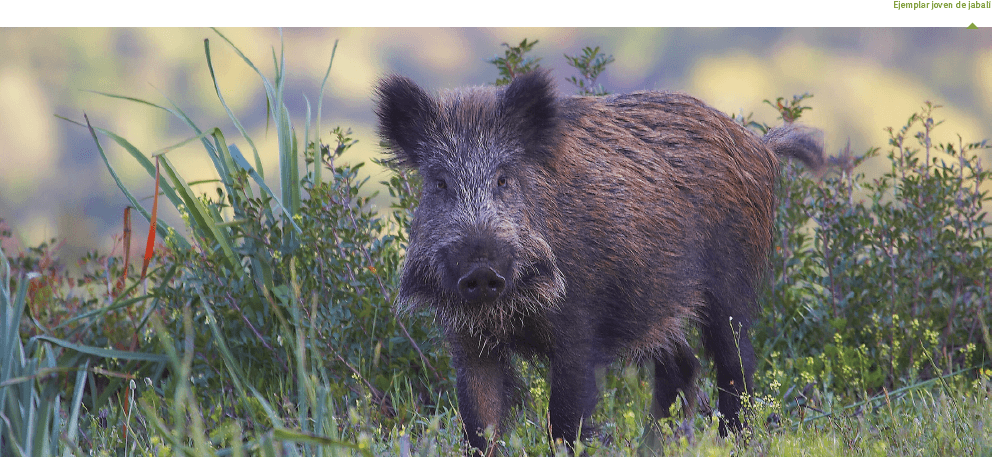Aims
This species is of great interest from the standpoint of emerging infectious diseases, and therefore it is worthwhile monitoring its health and population status.

Method and effort
Knowledge of population sizes of the large mammals is one of the basic requisites for the rational management of this resource. The utility of the censusing methods varies according to the objectives as well as the characteristics of the habitats that the species occupies. Due to the ecological peculiarities of the wild boar, it is considered that the method of management hunting is adequate to gather information and carry out effective control of the wild boar population of Sierra Nevada. The hunting, in which the animals are tracked with the help of dogs, facilitates the detection of the individuals found in the area; therefore, the data recorded during the hunts, properly treated, provide estimates and indicators of population density and structure.
During the hunting season, some 35 population controls are made in which around 50 people usually participate. The hours range from 8:00 to 15:00 h. Afterwards from the animals captured, biometric data and a series of biological samples are taken (blood for serum and target organs, primarily submandibular ganglia, and lung) in order to determine the prevalence of different infectious/contagious diseases and to test for the presence of tuberculosis.
From the relation between the animals observed and captured in the hunting sessions, we estimate the population size based on the equation N= n/p, where n is the number of animals captured and p is the percentage of the animals collected with respect to those observed.
Periodicity
The monitoring works are undertaken annually coinciding with the hunting season (October to February).
References
Rosell C., Fernandez-LLario P. y Herrero H. 2001. El Jabali (Sus scrofa Linnaeus, 1758). Galemys, 13(2): 1-25. Telleria, J.L. y Saez-Royuela, C. 1985. L’evolution demographique du sanglier (Sus scrofa) en Espagne. Mammalia, 49(2): 195-202.
Abaigar, T. 1990. Características biológicas y ecológicas de una población de jabalíes (Sus scrofa, L., 1758) en el SE ibérico. Tesis doctoral. Universidad de Navarra.